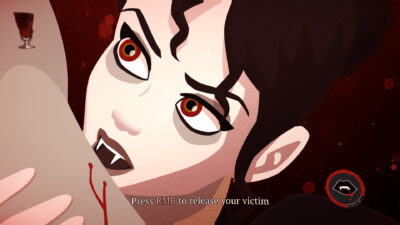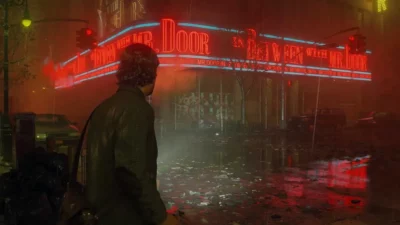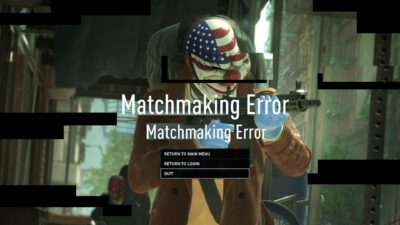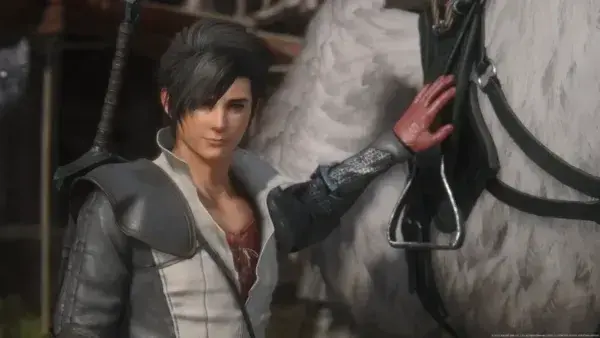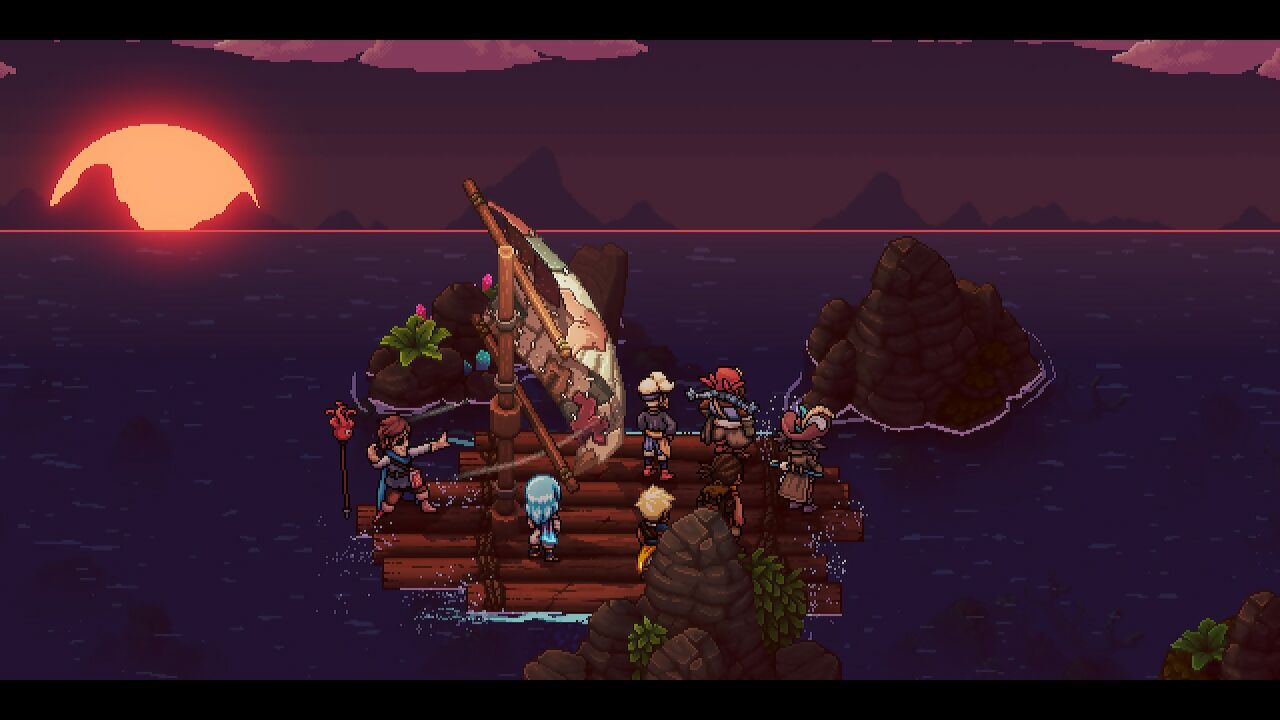
As Starfield hogs the limelight, Sea of Stars serves as a reminder of the Japanese RPG’s uniquely imaginative appeal, Jon Bailes writes.
In case you hadn’t noticed, there were two Star RPGs released last week. While Bethesda’s latest behemoth Starfield threatened to eclipse everything else around it when it launched on 1 September (let’s not kid ourselves about this ‘early access’ nonsense), Sabotage Studios also slipped out the warmly anticipated Sea of Stars. As a critic, I was drafted in to review the much smaller title. And frankly, I wouldn’t have wanted it any other way.
You see, while many Europeans and North Americans, especially those who grew up gaming on PCs, would associate the term ‘RPG’ with Bethesda or Bioware, for a console gamer of the 1990s like me, RPGs are as Japanese as the Sega, Nintendo and Sony machines I played them on. With my formative years steeped in this take on the genre, it’s now in the blood. I’ll take my Final Fantasies and Suikodens over go-anywhere, be-anyone role-players like Baldur’s Gate or Fallout any day. I tapped out on Starfield the moment I read it would feature over a thousand planets to explore.
I can trace this long-held appreciation back to a single game, Phantasy Star. Around 1990, a friend bought it for his Master System, and it went on to account for a sizeable chunk of our summer holiday, plus some weekends beyond. I actually don’t think we ever quite finished it, thanks to the torturous nature of its late-game dungeon mazes, but it didn’t matter. The journey had been spellbinding, the concept of the video game RPG had its hooks in.
Read more: Sea of Stars review | A timeless Chrono Trigger-inspired RPG
Before Phantasy Star, I’d never experienced an adventure of such world-saving scale, where you journeyed across planets (just three, Starfield), freely explored the wilderness between towns and dungeons, and scrapped to level up your characters and equipment. And within that scale was a depth of imagination, with the drips of lore that bound these worlds together, mysterious characters to seek out, and bizarre monsters that dwelled in the deep recesses.
Soon, Phantasy Star’s Mega Drive sequels helped fill the hole left behind, along with the strategy RPG stylings of Shining Force – introducing me to the wonders of turn-based tactics in the process – until the golden age of SNES and PS1 came along. Early examples here included the action-oriented delights of Soulblazer and, of course, The Legend of Zelda: A Link to the Past. They would be followed by Secret of Mana, Illusion of Time, Chrono Trigger, Breath of Fire, Suikoden, Wild Arms, Final Fantasy VI, VII, VIII, IX, Tactics.
It’s easy to forget now but, living in the UK, the supply lines were erratic in those early years. Some games were translated into English but only released in the US. Others were converted to Europe’s PAL TV systems after delays of a year or more. I bought US import copies of Mana and Soulblazer, and adaptors to run them through my SNES. Final Fantasy VI remained more elusive, refusing to work on those same adaptors, and I only got to play it some years later. I pored over screen shots of Secret of Mana 2 in Super Play magazine, hoping for a western release that never came.
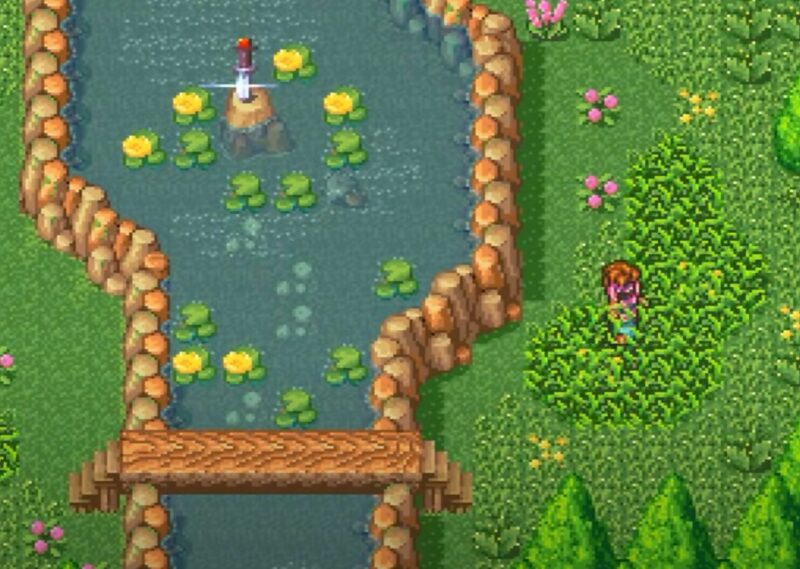
Credit: Square Enix.
Read more: Secret of Mana at 30 | How its troubled making reshaped an entire industry
But the fact that people like me went to such lengths to play JRPGs was surely evidence of a growing interest. The audience was relatively niche still, but such was the quality of these games and the fascination they could spark, that they always left behind a hunger for more. It took a while for the idea to bed in – Final Fantasy VII’s reputation as ‘the most returned game ever’ showed that many people still weren’t ready to accommodate JRPG systems, despite its awe-striking cinematic presentation. Eventually, though, worldwide releases of Japan’s big guns could be more or less taken for granted.
Even after all this time, traditional JRPGs, not least those with turn-based combat, remain divisive. But for those of us who click with them there’s nothing else that can scratch the same itch. Some may baulk at the relatively limited agency they provide in a ‘role-playing’ game, yet for me their narrow focus on a few systems is key to their unstoppable sense of adventure. Done well, dungeons littered with random monster encounters can become taut exercises in resource and character management, while acquiring stronger gear is a tangible reward that organically fuels the next challenge.
Another major draw is that JRPGs so often nail the perennially appealing theme of a party of misfits uniting for a common cause. For me, Cloud and the gang in Final Fantasy VII are still the prime example, with the runner-up prize shared between a pair of other JRPGs, Persona 4 and 5 (although Mass Effect 2 isn’t far behind). Such is the importance of the bond between characters in these games, whether it emerges through extensive dialogue or synergies of skills on the battlefield, they might be better described as, say, ‘fantasy party adventures’ rather than RPGs.
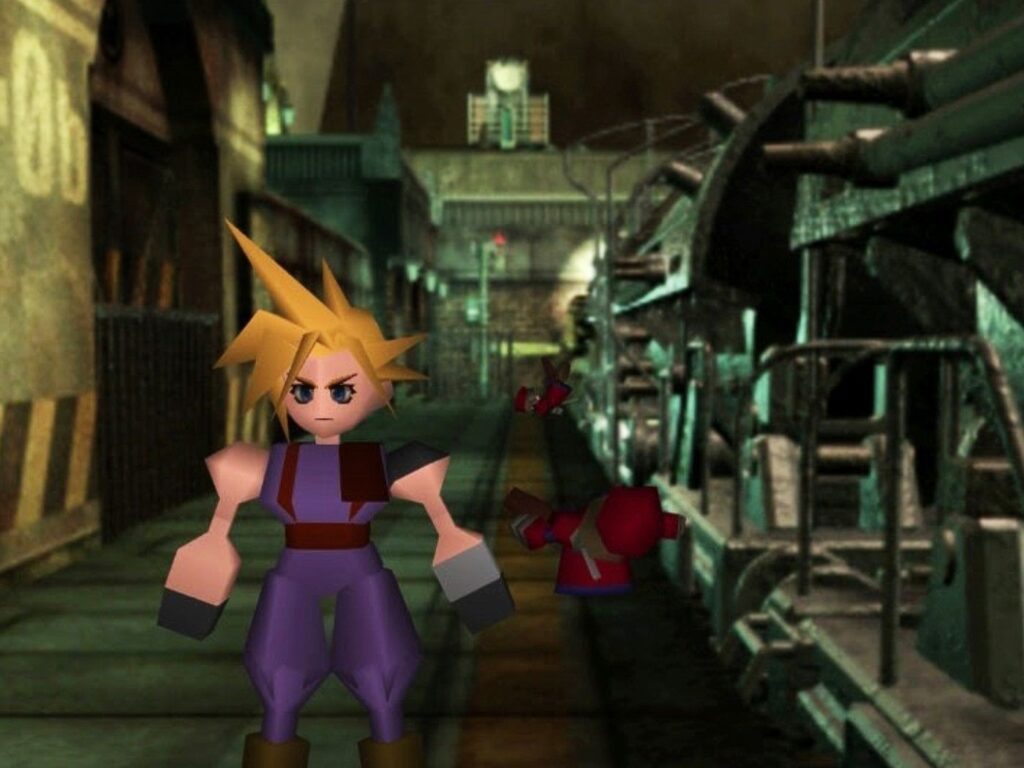
Credit: Square Enix.
No doubt times have changed, however, and what we think of as JRPGs today struggle to maintain the same attraction. Final Fantasy, the flagship series for the genre in the West has moved on, morphing with some irony to chase established western tastes. The likes of Persona, Xenoblade and Dragon Quest XI drip with quality, but are perhaps a little too old-fashioned for their own good, never quite evolving past criticisms about the repetitive nature of turn-based battles. With Dark Souls and its brethren, meanwhile, FromSoftware has forged a very different kind of Japanese RPG.
Read more: Final Fantasy XVI | Logical evolution, or follower of action RPG trends?
The problem for JRPGs today is that few publishers can afford the great modern costs of triple-A production without seeking mass western appeal. Yet make no mistake, classic JRPGs from Phantasy Star to Chrono Trigger, were the triple-A games of their day, and that was crucial to their success. Secret of Mana, for example, is so memorable in part because it sports some of the lushest pixel art of its time, along with a glorious soundtrack. In JRPGs, the promise of incredible sights and sounds matters – an adventure without them would lack the same excitement.
Without that cutting-edge in audio and visuals, JRPGs as we know them are heavily reliant on nostalgia, which is a different kind of magic. Square Enix titles such as Bravely Default and Octopath Traveller have harnessed its power with guile and craft. And Sea of Stars – a non-Japanese ‘JRPG’ – trades on it too, pulling references from many of the titles I’ve mentioned in this article. It’s a great game in its own right, but also the epitome of the proverbial love letter to existing properties, showing off its designers’ own personal history with the genre.
Yet no nostalgia can truly recapture the feeling of a summer 33 years ago discovering Phantasy Star, and perhaps nothing new can either. Although perhaps that’s more a truth about the industry as a whole, where such revolutionary impact is inevitably so much rarer. What I can hope for, though, is more ‘fantasy party adventures’ – games that send us on grand quests with unusual friends into beautiful and wildly imaginative fantasy lands, without feeling the need to promise a whole galaxy of stars. When a game manifests that essence of adventure, it doesn’t matter where it comes from, or whether it’s truly an RPG at all.


